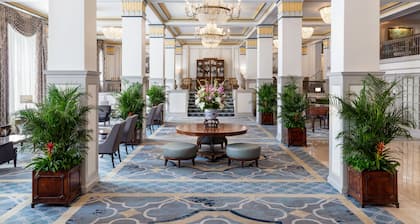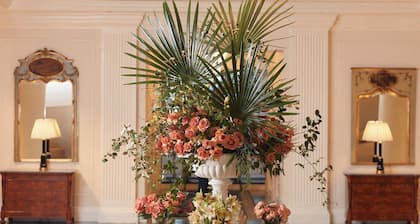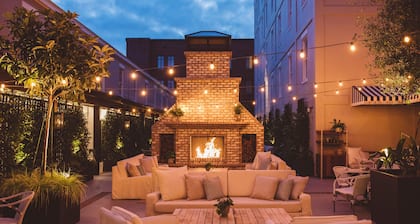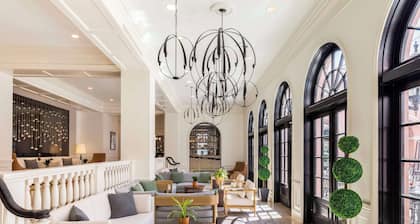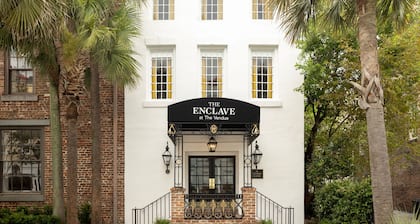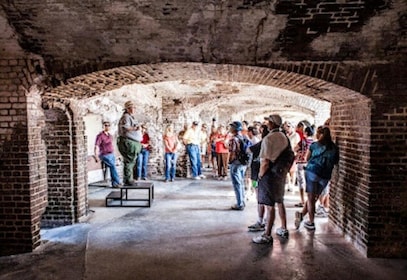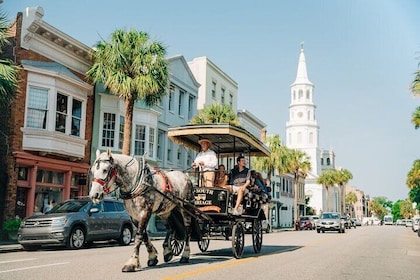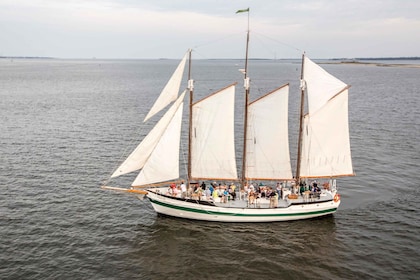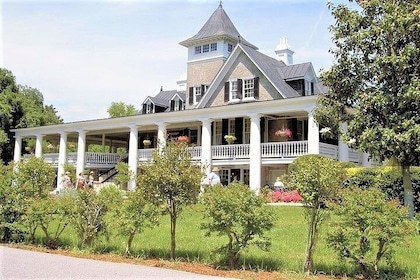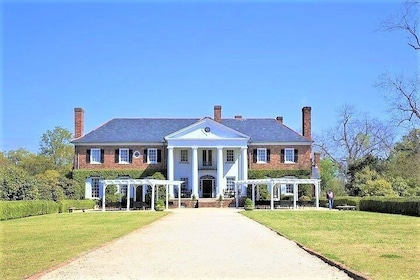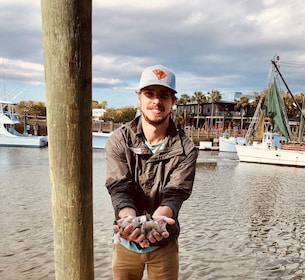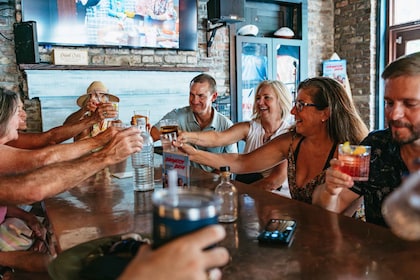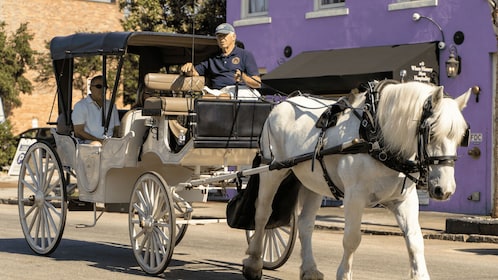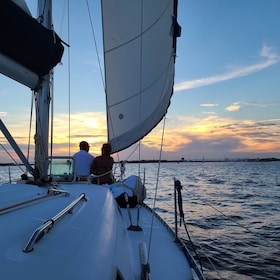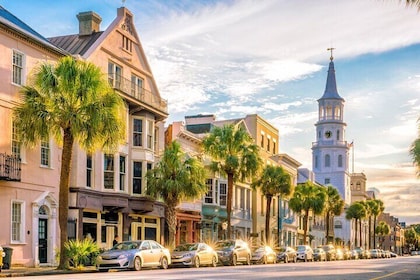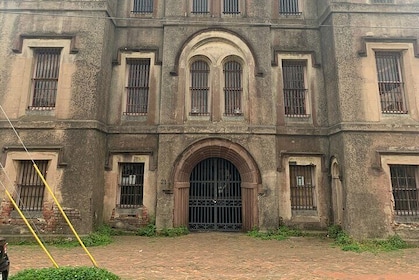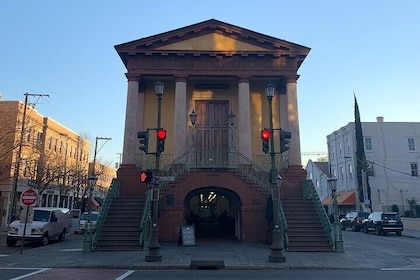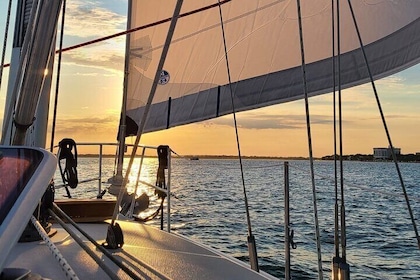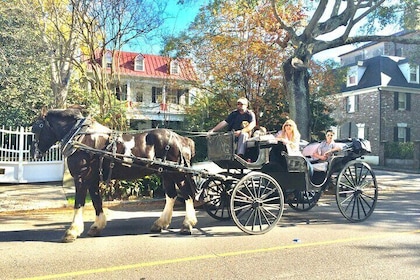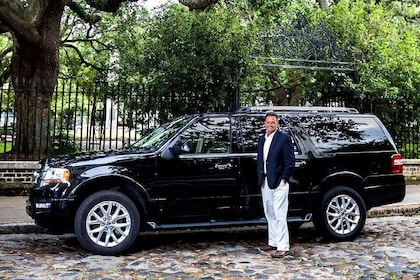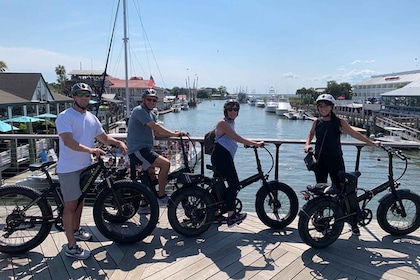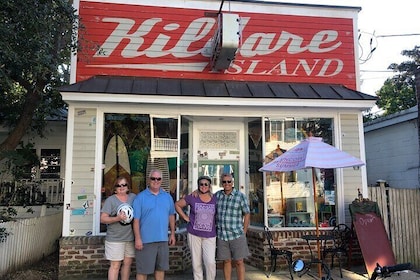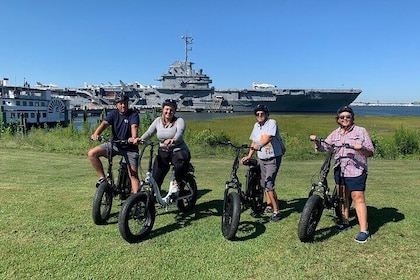Gibbes Museum of Art


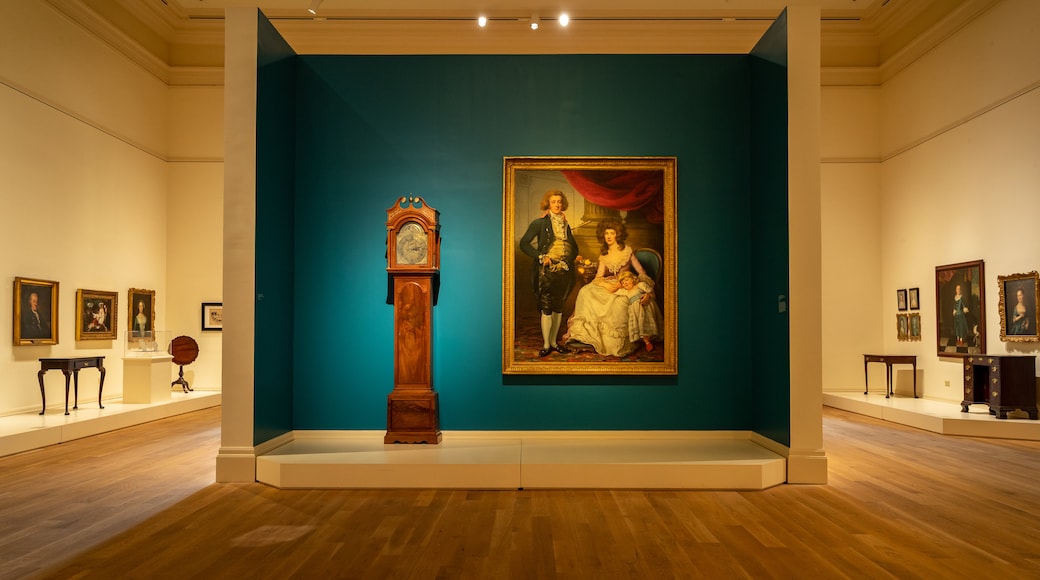


Découvrez la destination suivante : Gibbes Museum of Art
Planifiez un voyage pour découvrir Gibbes Museum of Art

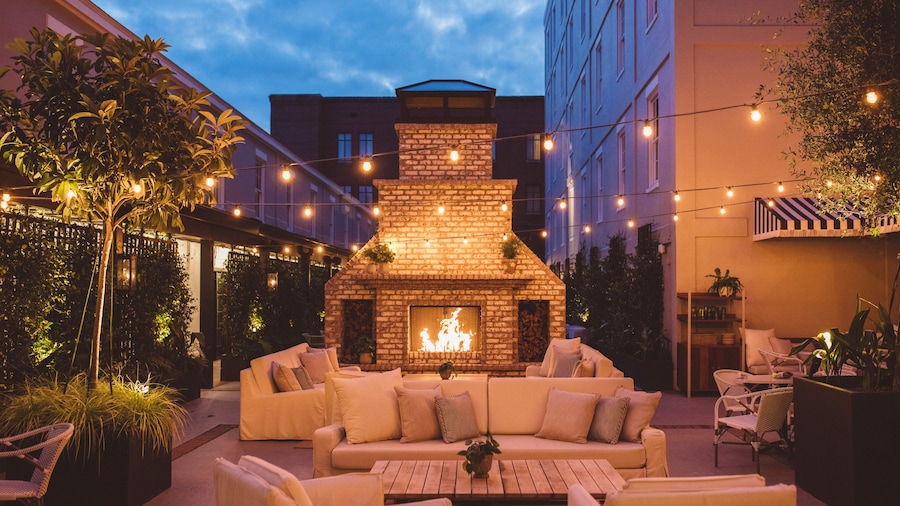
Visites touristiques et excursions d’un jour
Afficher les 107 activités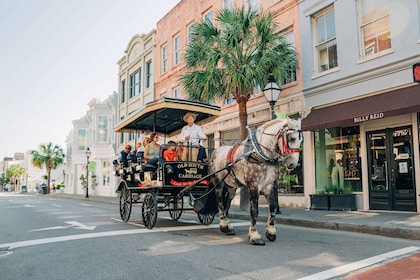
Charleston: visite du centre-ville historique en calèche
Cuisine, boisson et vie nocturne
Afficher les 20 activités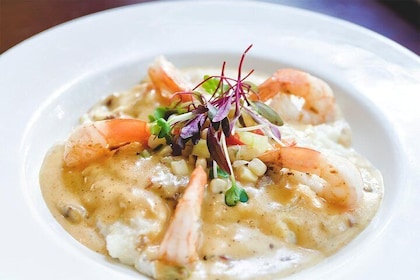
Visite gastronomique du centre-ville de Charleston
Excursions vacances et saisonnières
Afficher les 19 activités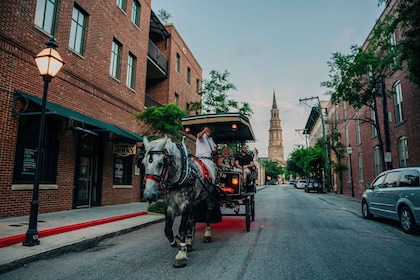
Charleston: visite nocturne en calèche hantée
Excursions privées et personnalisées
Afficher les 10 activités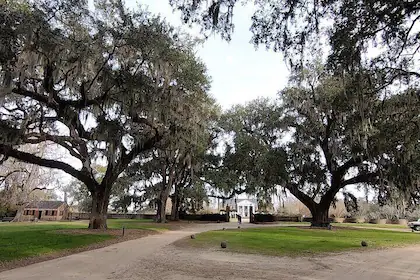
Excursions d'une journée à Charleston Tour # 7: voir INSIDE Ft Sumter, visi...
Aventure et plein air
Afficher les 6 activités
Charleston : Film et OBX Locations E-Bike Tour
Endroits populaires à visiter
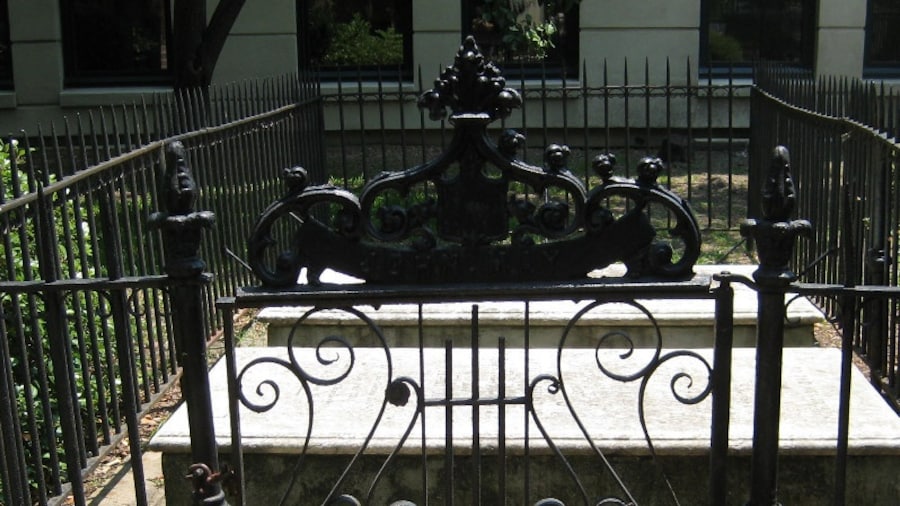
Circular Congregational Church (église circulaire)
Vous pourrez en apprendre davantage sur Charleston en vous arrêtant à Circular Congregational Church (église circulaire). Prenez le temps de visiter les boutiques de la région, ou profitez simplement des excellents restaurants.
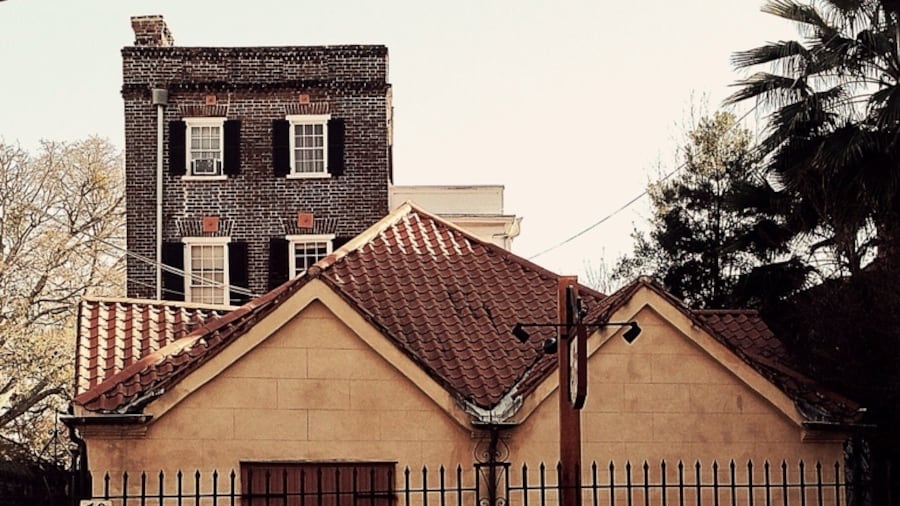
The Powder Magazine (poudrière)
Vous adorerez découvrir les expositions présentées au The Powder Magazine (poudrière), un musée au riche passé, lors de votre voyage à Charleston. Baladez-vous sur les plages magnifiques de la région ou régalez-vous simplement dans ses bars animés.

Dock Street Theater (théâtre)
Assistez à un spectacle au Dock Street Theater (théâtre), un théâtre au passé bien rempli à Charleston. Découvrez les églises de la région, ou saisissez l’occasion de faire des visites guidées.

St. Philip's Church (église)
Vous pourrez en apprendre davantage sur Charleston en visitant St. Philip's Church (église). Visitez les églises de la région ou flânez sur les plages magnifiques.
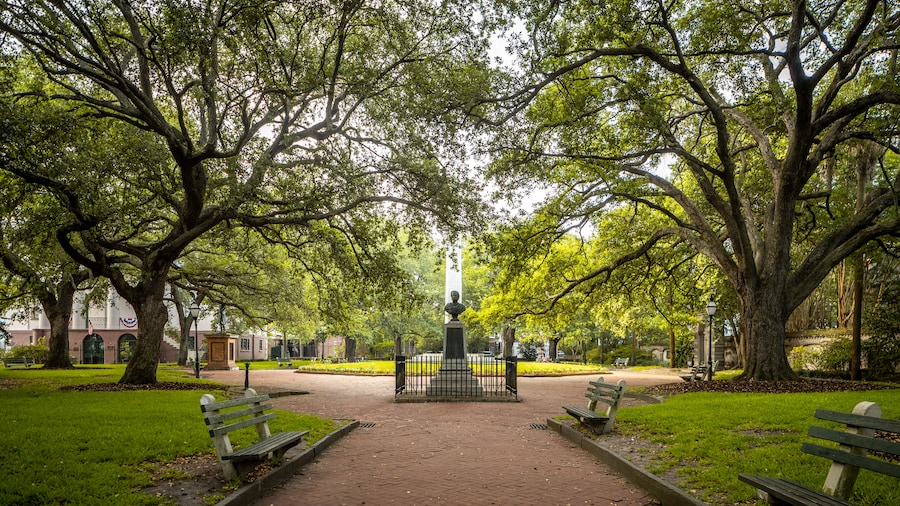
Washington Square (place)
Vous pourrez en apprendre davantage sur Charleston en visitant Washington Square (place). Découvrez les églises de la région, ou saisissez l’occasion de faire des visites guidées.

Charleston County Courthouse
Charleston County Courthouse est seulement l'un des endroits à voir à Charleston, alors n'hésitez pas à explorer les autres activités à faire dans la région lors de votre voyage. Découvrez les églises de la région, ou saisissez l’occasion de faire des visites guidées.
Offres d’hôtel populaires
Gibbes Museum of Art – Vérifiez la disponibilité des hôtels à proximité
